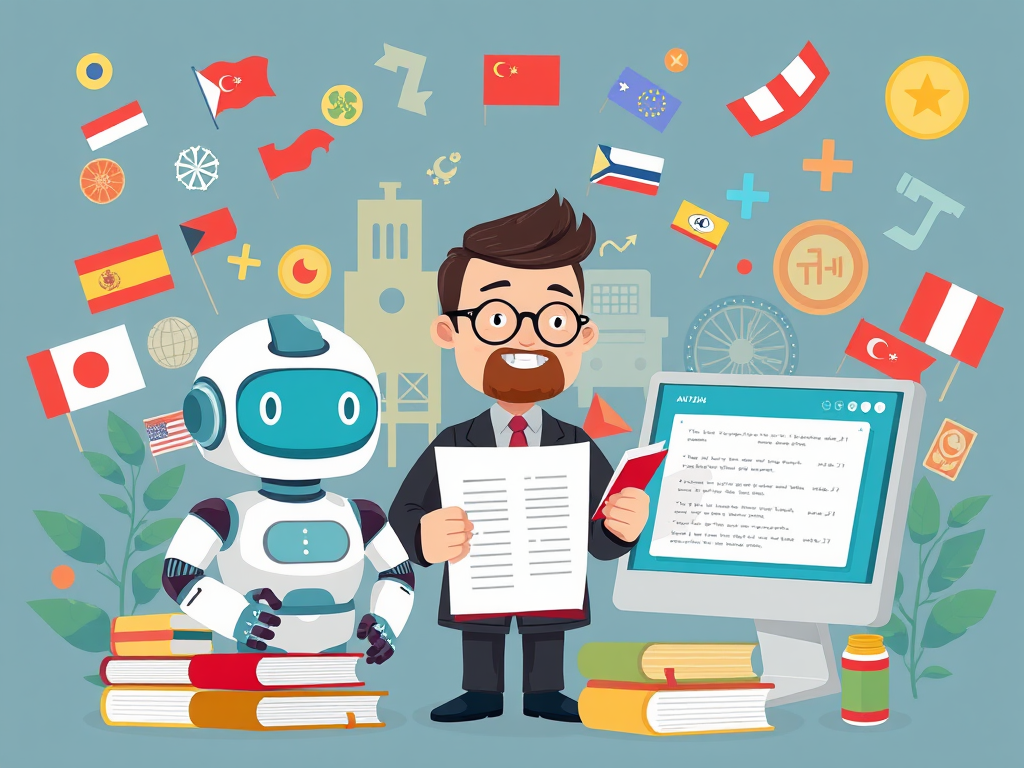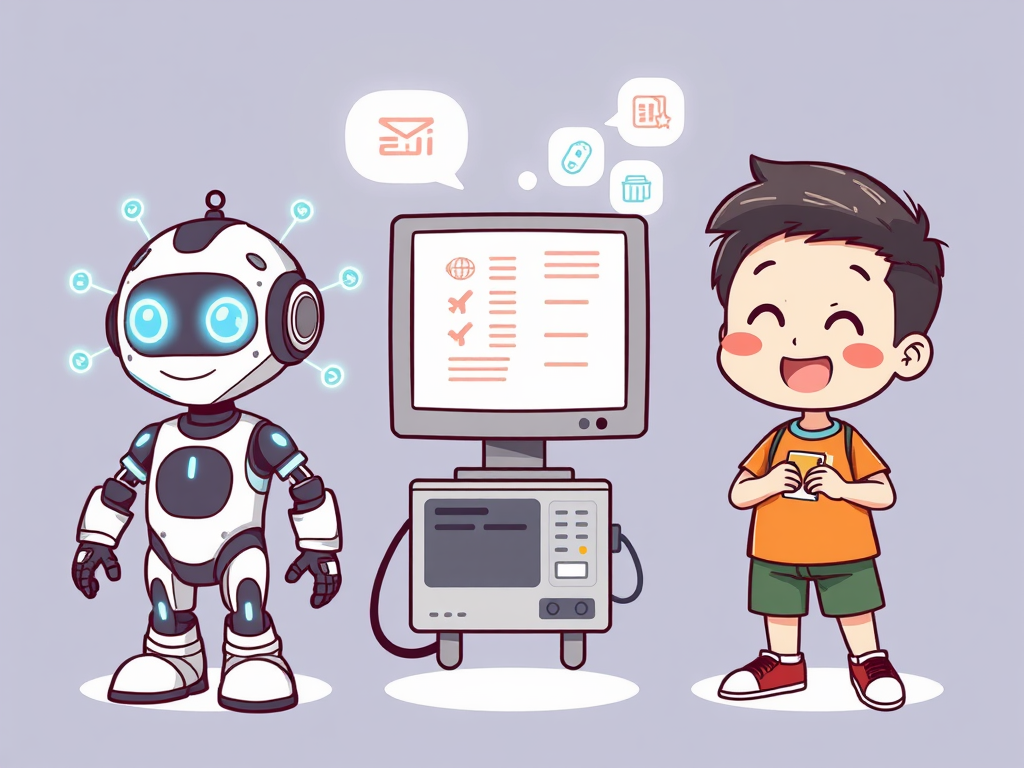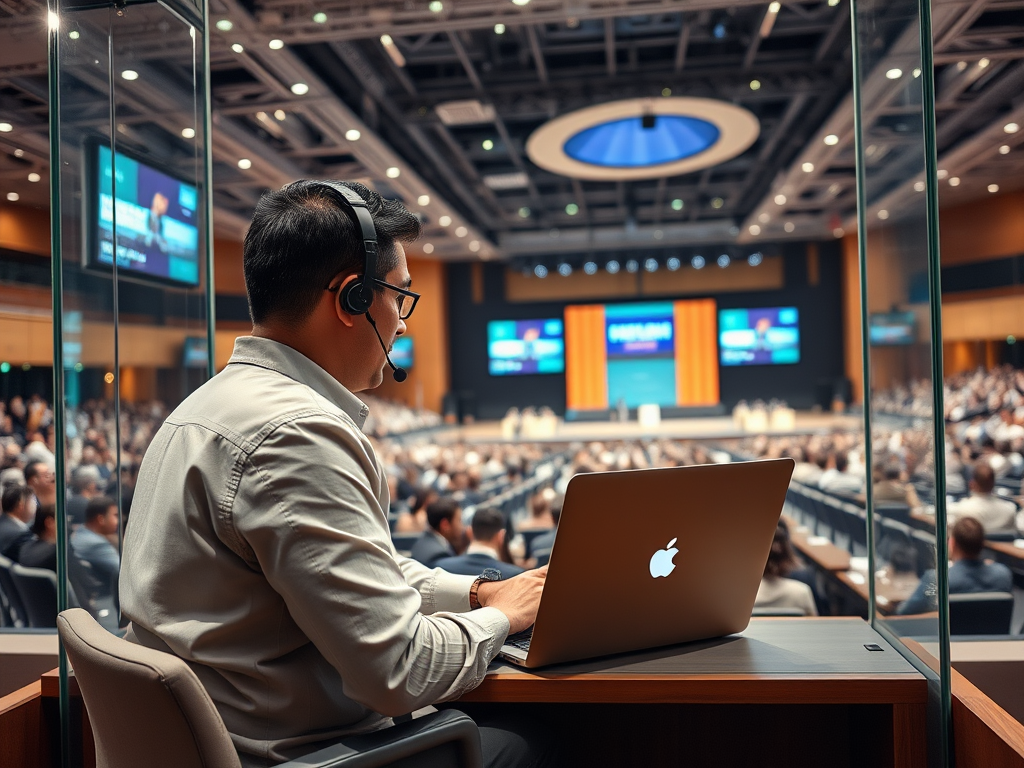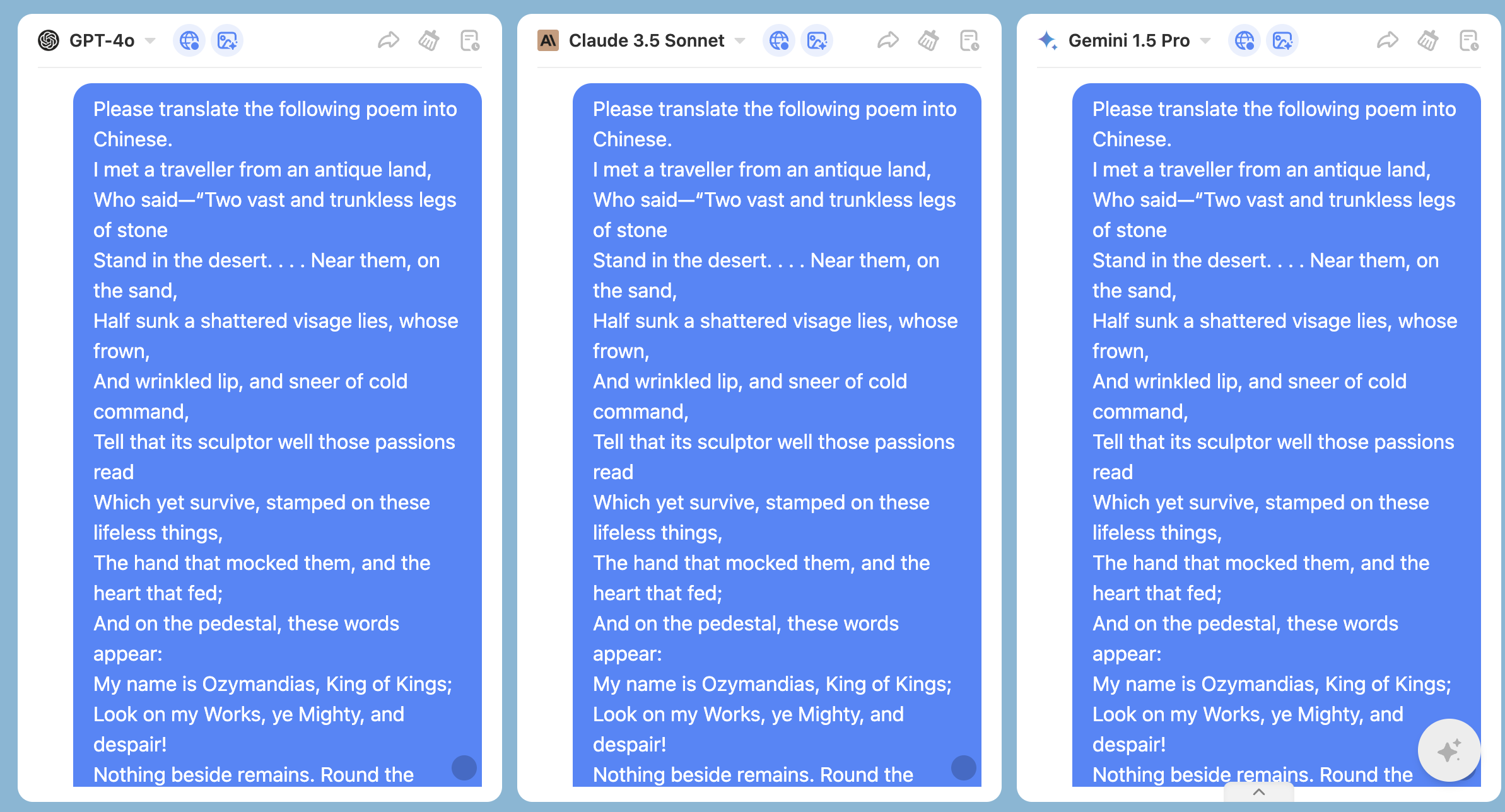2024 AI Translator Guide: New Tech vs Traditional Methods

In today’s globalized world, translation has become a crucial tool for effective communication across diverse languages and cultures. As advancements in artificial intelligence (AI) continue to reshape the translation industry, it prompts the question: Which translation method is best suited for the future? This guide will explore the differences between AI translation, machine translation, and human translation, the evolution of AI translation technologies, and emerging trends for 2024.
Explore the definitive 2024 AI Translator Guide! Understand the differences between AI translation, machine translation, and human translation. Discover the evolution of AI-powered tools like ChatGPT and the future of hybrid translation methods.
1. The Essential Differences: AI Translation vs. Machine Translation vs. Human Translation
In the realm of translation, three main approaches emerge: AI translation, machine translation, and human translation. Each method has its advantages and limitations, making them suitable for various applications.
AI Translation
AI translation utilizes cutting-edge artificial intelligence models, such as ChatGPT and DeepL. These advanced systems harness deep learning and neural networks to comprehend context, tone, and semantics, resulting in translations that are more natural and accurate than traditional methods.
- Advantages:
- Speed and Scalability: Capable of processing large volumes of text quickly.
- Contextual Awareness: Understands and retains contextual nuances.
- Continuous Learning: Improves over time through machine learning algorithms.
- Examples: ChatGPT, DeepL, and other sophisticated AI-powered translation tools.
Machine Translation
Machine translation (MT) is a broad term encompassing all forms of automated translation systems, including rule-based, statistical, and neural machine translation (NMT). Traditional MT systems, while foundational, often lack the depth of contextual understanding present in AI translations.
- Advantages:
- Cost-effective: Economical solutions for large-scale translation projects.
- Straightforward Translations: Effective for basic and non-complex texts.
- Limitations:
- Contextual Shortcomings: Difficulty in handling idiomatic expressions and cultural nuances.
- Literal Translations: Tends to produce translations that may not convey intended meanings.
Human Translation
Human translation involves trained professionals who manually interpret and translate texts. This method remains the most reliable due to its ability to navigate cultural subtleties and contextual intricacies.
- Advantages:
- Cultural Understanding: Deep comprehension of nuances and idioms.
- Quality of Output: Ideal for creative works, literature, and specialized texts.
- Limitations:
- Scalability Issues: Limited ability to handle extensive projects in a short timeframe.
- Higher Costs: More expensive compared to AI and machine translation solutions.
Machine vs. Human Translations
The ongoing debate between machine and human translation often centers on quality versus efficiency. While human translation provides unparalleled accuracy and cultural sensitivity, AI translation tools are rapidly advancing, offering quicker and more cost-effective alternatives without sacrificing too much quality.

2. Evolution of AI Translation Technology: From Rule-based Systems to Neural Networks and ChatGPT
The evolution of AI translation technology has been profound, transitioning from basic rule-based systems to sophisticated algorithms that approach human-level accuracy.
Early Days: Rule-based and Statistical Systems
Initial translation systems relied heavily on predefined rules and statistical models, resulting in rigid and often awkward translations.
The Rise of Neural Machine Translation (NMT)
Neural networks revolutionized translation technology. NMT systems, such as Google Translate, analyze entire sentences rather than individual words, vastly enhancing fluency and accuracy.
The ChatGPT Era
With the advent of AI models like ChatGPT, translation capabilities have significantly improved. These systems are trained on extensive datasets, allowing them to interpret context, tone, and cultural nuances effectively. AI models like ChatGPT can handle complex translations, making them invaluable to individuals and businesses alike.
- Key Features of Modern AI Translators:
- Contextual Understanding: Better comprehension of the text's context.
- Multilingual Support: Capable of translating multiple languages effectively.
- Integration Capabilities: Compatibility with various applications like ChatHub for enhanced functionality.
3. The Future of Translation: Hybrid Approaches Combining AI and Human Expertise
As we move into 2024, the future of translation lies in hybrid models that merge AI efficiency with human expertise. Such methods aspire to balance speed with quality for seamless translation experiences.

Emerging Trends in 2024
AI-Assisted Human Translation:
Professional translators are increasingly utilizing AI tools to enhance their workflows while maintaining high-quality output. Tools like Papago Translator and Yandex Translate are being integrated into these workflows.
Real-time Translation:
The demand for instant communication is driving popularity for AI-powered scanning translators and real-time tools. Applications like ChatHub enable users to translate and compare results from multiple AI models concurrently.
Specialized AI Translators:
AI-powered tools are being tailored for niche markets, such as Middle English translators for historical texts or specialized content like infographics.
Cultural Sensitivity in AI Translation:
Enhanced training of AI models aims to improve their understanding of cultural nuances, making them more effective for global communication.
Why Hybrid Approaches Work
Hybrid methods utilize the speed of AI, supplemented by human translators who ensure quality and nuance. This blend guarantees that translations are efficient and accurate, meeting the diverse needs of businesses and individuals alike.
4. Maximizing Translation Efficiency with ChatHub: A Complete Guide to AI-Powered Translation Tools
An exciting development in the AI translation landscape is the emergence of platforms like ChatHub. This all-in-one AI client allows users to tap into multiple AI chatbots simultaneously, providing a comprehensive solution for translation and more.
What is ChatHub?
ChatHub is a versatile platform that accommodates a variety of AI models. With a single input, users can access responses from up to six AI chatbots at once, enhancing the translation process.
How ChatHub Enhances Translation
Multi-Model Comparison:
Users can compare translations from different AI models, such as ChatGPT and Yandex Translator, to select the most appropriate output.
Instant Translation:
Allows for immediate translation of text, ideal for business and travel scenarios.
Specialized Task Support:
Provides capabilities for niche translations, including Middle English texts and infographics.
Why Choose ChatHub?
- Efficiency: Streamlines access to multiple AI models in one interface.
- Accuracy: Facilitates comparative evaluation for optimal translations.
- Flexibility: Versatile use for a range of tasks, including content creation.


Conclusion
The translation industry stands at a critical juncture, with AI tools like ChatGPT and Yandex Translator redefining traditional practices. As we look toward 2024, hybrid approaches that blend AI and human expertise will likely shape the future of translation. Innovative platforms like ChatHub provide effective solutions to enhance both efficiency and accuracy.
Whether you’re a global business aiming for expansion or an individual needing quick translations, choosing the right tool is essential. With continuous advancements in AI technology, the future holds limitless possibilities.
Key Takeaways
- AI translation is rapidly evolving to deliver faster and more accurate results.
- Hybrid methods, combining AI and human expertise, represent the future of translation.
- Tools like ChatHub offer comprehensive solutions for maximizing translation efficiency.
Stay updated on the latest trends and tools to effectively utilize AI-powered translation in 2024 and beyond.





